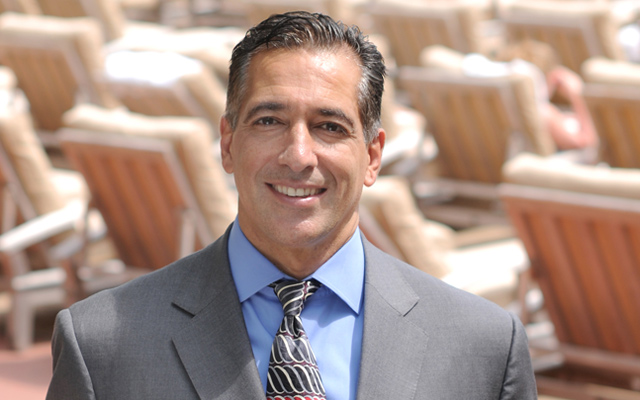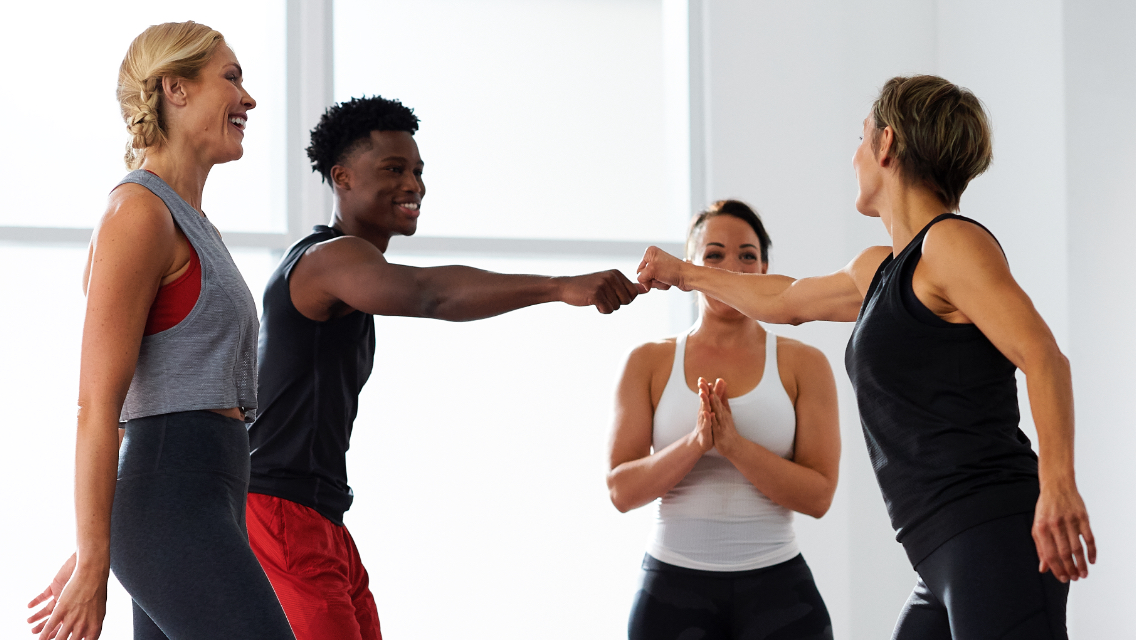Like everything else, knowledge about fitness has evolved dramatically over the past 50 years — partly by force of scientific curiosity, and partly by necessity.
Prior to the proliferation of labor-saving devices, sedentary electronic pastimes and processed foods, most folks simply didn’t suffer from the weight and fitness challenges we collectively face today, so popular interest in fitness was comparatively scant.
As our society grew more sedentary, though, concern about the state of American fitness became more pro-nounced. In 1960, President-Elect John F. Kennedy articulated this concern in an essay he wrote for Sports Illustrated. It was titled, alarmingly, “The Soft American.”
After that, popular interest in fitness enjoyed an uptick. During the ’70s, the idea of “working out” in a gym with free weights and resistance machines began to catch on.
At that time, fitness was all about muscle, and musculoskeletal strength. It was about hefting steel and sculpting the human form. Although Ken F. Cooper was busy writing about the importance of cardiovascular training in the ’60s and ’70s, it wasn’t until the ’80s that the concept of aerobic exercise finally found an enthusiastic audience.
This was the era of Jane Fonda and Richard Simmons — of sweatbands and jogging shorts, treadmills and Exercycles, (with “go for the burn” calisthenics and resistance work mixed in). Over the next three decades, while fitness fashion changed, the core of this cardio-plus-strength approach (with a passing nod to flexibility) stayed surprisingly consistent.
It wasn’t until very recently that a third major element of fitness, neurological training, made its way onto the scene.
Neurological fitness training, which encompasses balance, coordination, mental acuity and core development — is only now beginning to reach critical mass. Through yoga and Pilates, and sports-specific and functional-fitness programs, a growing number of fitness enthusiasts are now seeking to integrate elements of neurological training into their established strength and cardio routines.
To me, this integration of all three systems — strength, cardio and neurological training — represents the cutting edge of health and fitness. And given how powerfully this type of exercise can help counteract both the physical and mental effects of aging, I’m convinced it’s the way all of us should be working out more often.
We now understand, thanks to scientific research, that it’s not a matter of either/or: You can’t just pick a card or two — cardio or strength or balance — and expect to play with a full fitness hand for a lifetime. No one training approach is expendable; no single type of training is more important than the others. It’s the synergy of the mixture that counts, and that delivers real, transformative fitness results.
Of course, most people don’t have time to do all these different kinds of workouts separately. I know I don’t. That’s why a few years ago I began experimenting with a fitness approach that would let me integrate them all in a time-efficient, balanced way.
Working with some top trainers at Life Time Fitness, we created an innovative program (led by a highly qualified trainer in a small-group setting) that simultaneously integrates all of the following:
- Athletic strength training to challenge all large muscle groups to the point of light burn;
- Cardiovascular training through all exercises to maintain desired levels of cardio output across zones 2, 3 and 4 (as tracked with a heart-rate monitor);
- Customized balance, coordination and agility challenges throughout all exercises to ensure keen mental focus, with continual progression of challenges as fitness improves.
The program also incorporates insights and coaching on two other key elements:
- High-quality, clean nutrition, primarily from whole foods (organic when practical), plus stringent avoidance of all processed flours and sugars, preservatives, and artificial colors and flavors;
- Practices and perspectives that support a positive mental-emotional state and that relieve stress and anxiety.
The net result is hands down the most exhilarating and universally appropriate workout strategy I’ve ever experienced, one that maximizes overall fitness gains while ameliorating age-associated losses in both physical and mental capacity.
You’ll hear more about our new program (it’s being launched as “TEAM Anti-Aging”) over the next few months. One thing is clear to me now, though: This particular fitness mix is the exercise of the future, and I sincerely hope it’s here to stay.



This Post Has 0 Comments